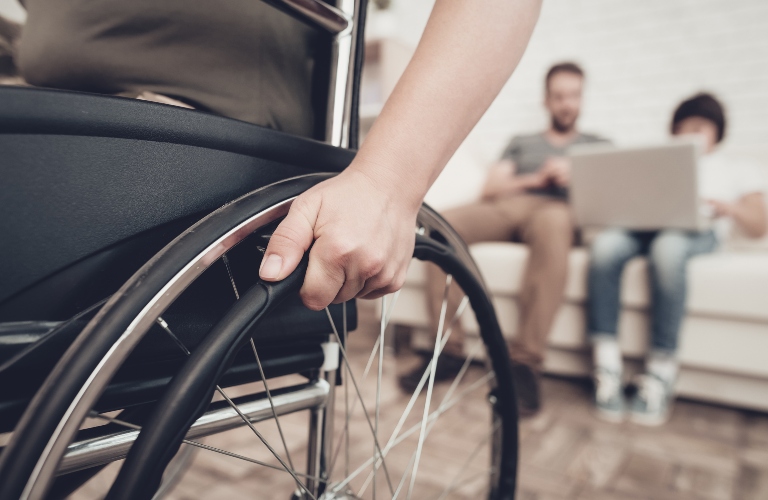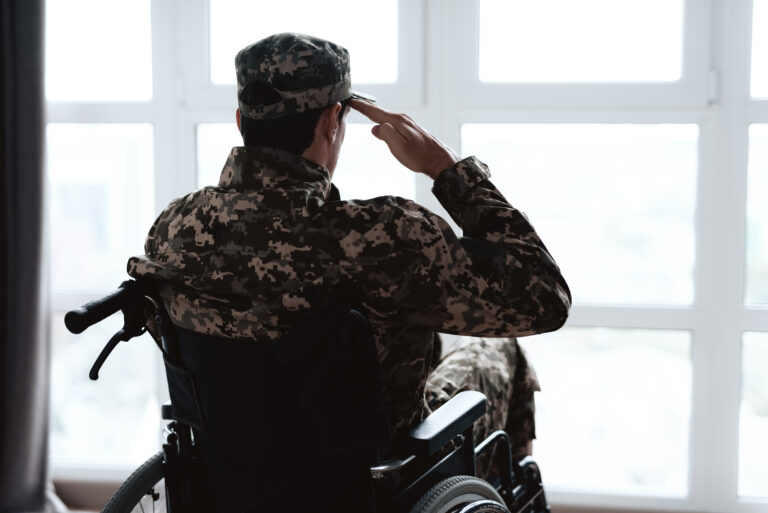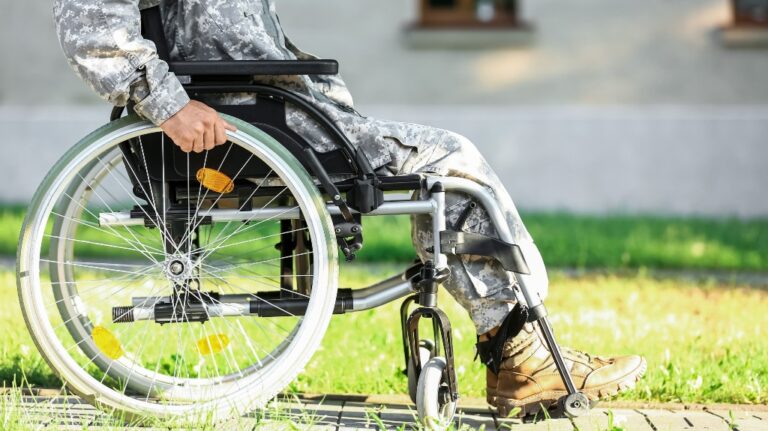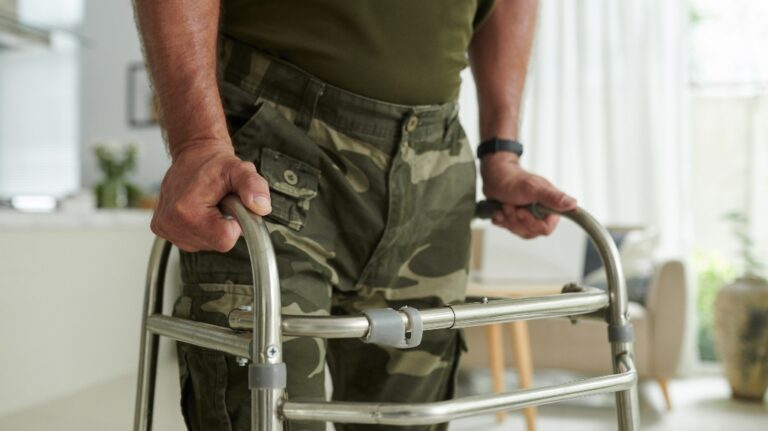
More and more veterans have become familiar with how to file a VA disability claim for an injury or illness directly caused by their military service in the last few years. For many veterans with service-connected injuries, illnesses, and medical conditions who are faced with daily struggles, the impact of these initial disabilities doesn’t end there — and some can cause additional medical conditions.
These additional injuries, illnesses, and medical conditions are known as secondary service-connected conditions and are an aspect of VA disability claims that can be overlooked. Understanding secondary service-connected conditions in VA claims is important to ensuring that veterans receive the disability benefits that they deserve.
What Are Secondary Medical Conditions for Veterans?
Secondary medical conditions are defined as injuries, illnesses, or medical conditions that can be connected to a previous service-connected disability. For example — if a veteran is approved for disability by the U.S. Department of Veterans Affairs for a knee injury and that knee injury leads to back pain, the veteran may be eligible to apply for additional benefits for a secondary medical condition. A secondary medical condition can be claimed if the original service-connected disability causes or worsens another medical condition and is eligible for additional compensation.
Most Common Secondary Medical Conditions for Veterans
Secondary medical conditions can include a wide variety of injuries, illnesses, and conditions that range from mental health conditions to neurological conditions and chronic fatigue. The list of potential secondary conditions that disabled veterans may experience can be long — and will vary based on the primary disability. Here is a list of a few common secondary medical conditions that veterans may experience that may make them eligible for additional compensation:
- Mental Health Conditions — An estimated 7% of veterans have been diagnosed with Posttraumatic Stress Disorder (PTSD) and PTSD can lead to several secondary mental health conditions that include anxiety, depression, and substance abuse.
- Sleep Disorders — Sleep disorders are another secondary medical condition for veterans that can be traced back to PTSD. Sleep apnea and insomnia are common disorders among veterans that can be caused by PTSD.
- Orthopedic and Musculoskeletal Conditions — It is not uncommon for service-connected injuries that involve the knees, back, or shoulders to lead to the development of secondary orthopedic conditions. Knee and back injuries can lead to hip or back pain due to different walking patterns and in many cases, back injuries can lead to nerve damage and chronic pain. Arthritis is another musculoskeletal secondary condition that is common among veterans.
- Radiculopathy and Nerve Damage — Back issues and other disabilities caused by military service can lead to secondary medical conditions that include nerve damage and radiculopathy that lead to long-lasting pain.
- Cardiovascular and Respiratory Conditions — Many primary disabilities can lead to cardiovascular and respiratory conditions. Service-connected PTSD and diabetes — among other disabilities — can lead to high blood pressure or heart disease.
How To File a Claim for a Secondary Medical Condition
Are you a disabled veteran who has developed a secondary medical condition? Filing a claim for a secondary medical condition may require additional medical documentation and evidence to establish a service connection and QRF Legal Services may be able to help. Here is a quick step-by-step guide to filing a claim for a secondary medical condition:

- Veterans must receive a diagnosis for a secondary medical condition from a licensed healthcare professional and have the diagnosis documented.
- Veterans must provide a Nexus that links the secondary medical condition to the primary disability either by medical records or a doctor’s medical opinion.
- Veterans must submit a claim via the online portal at VA.gov or at a VA Regional Office with the necessary documents to support their claim.
- Veterans must undergo a Compensation and Pension Exam (C&P) if it is required to evaluate the secondary medical condition, its severity, and its impact on the veteran’s day-to-day life.
READ MORE: How To Appeal a Denied VA Disability Claim
Veterans who have a clear understanding of secondary service-connected conditions in VA claims are better equipped to receive the benefits they have earned through their years of service. Veterans who still have questions about secondary service-connected conditions can contact QRF Legal Services for additional information and support.








